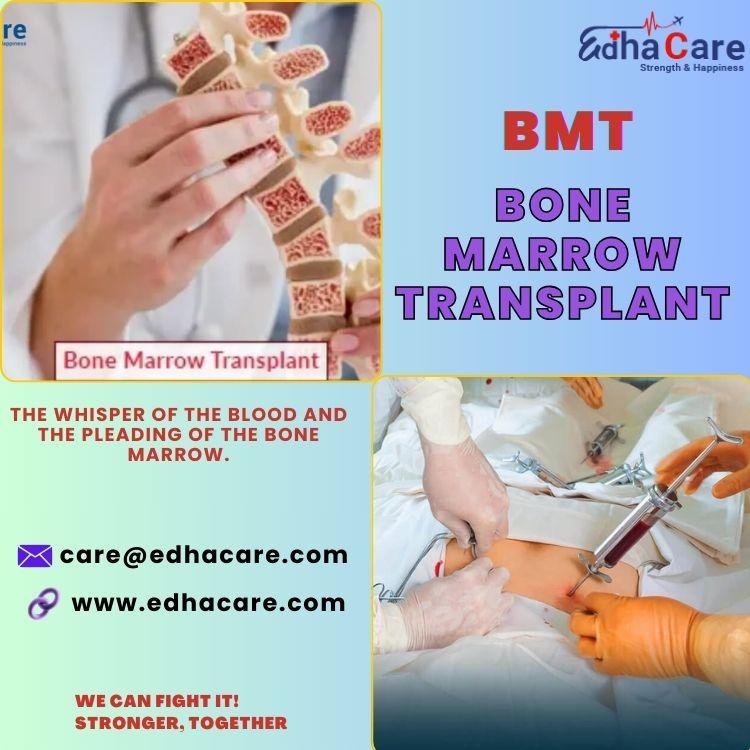Bone marrow transplants, also known as hematopoietic stem cell transplants, provide potential life-saving treatment for conditions like leukemia, lymphoma, aplastic anemia, and thalassemia, with important risks, including mortality. This blog post aims to discuss mortality rates, influencing factors, and implications for patients and families.
What are Mortality Rates and How are They Measured?
Mortality rate in the context of bone marrow transplants refers to the proportion of patients who die within a specific timeframe after the procedure. It's typically expressed as a percentage and can be categorized in different ways:
- Early mortality: Deaths occurring within the first 100 days after transplant, often related to complications from the procedure itself.
- Late mortality: Deaths occurring after 100 days, which can be due to various factors, including disease relapse, infections, or long-term complications.
- Overall survival: The percentage of patients who are still alive at a specific point in time after the transplant (e.g., 1 year, 5 years).
It's important to remember that these statistics represent averages and don't predict individual outcomes. Each patient's situation is unique, and their prognosis depends on a complex interplay of factors.
Factors Influencing Mortality Rates:
Several factors contribute to the mortality rate associated with bone marrow transplants:
- Underlying Disease: The type and stage of the disease being treated significantly impact the outcome. Patients with aggressive cancers or advanced disease may have a higher risk of mortality. Non-malignant conditions often have better outcomes.
- Patient's Age and Health: While children generally fare better than adults, a patient's overall health, including pre-existing conditions, plays a crucial role. Frailty and organ damage can increase the risk of complications.
- Allogeneic Transplant (from a donor): This type carries a higher risk of complications like graft-versus-host disease (GVHD), which can be fatal. The match between donor and recipient is crucial in influencing the risk.
- Autologous Transplant (using patient's own cells): This type generally has a lower mortality rate as it avoids the risk of GVHD. However, it's not suitable for all conditions.
- Timing of Transplant: Receiving a transplant when the disease is in remission or an early stage often leads to better outcomes compared to undergoing the procedure during active or relapsed disease.
- Transplant Center Experience: The expertise and experience of the transplant team and the facilities available at the transplant center can influence outcomes.
- Post-Transplant Complications: Infections, GVHD, organ damage, and disease relapse are all potential complications that can contribute to mortality.
Conclusion:
Bone marrow transplants offer vital treatment for various conditions, with improved outcomes due to advancements. Understanding mortality factors and communicating with the medical team helps patients make informed decisions and approach the journey with hope. Individual outcomes vary, so collaborate closely with your medical team for a successful outcome.
Other treatment information are also available by specialty:
https://www.edhacare.com/bg/treatments/gastroenterology/ascites-treatment
https://www.edhacare.com/tl/blogs/early-stages-of-stomach-cancer/
https://www.edhacare.com/sk/blogs/oral-cancer-symptoms/
https://www.edhacare.com/af/blogs/early-stages-of-stomach-cancer/
https://www.edhacare.com/bg/treatments/cancer/blood
https://www.edhacare.com/blogs/top-rheumatology-doctors-in-india/
https://www.edhacare.com/sq/blogs/brain-hemorrhage/
https://www.edhacare.com/af/treatments/orthopedic/pinched-nerve-treatment
https://www.edhacare.com/fr/treatments/cardiology/roemheld-syndrome-treatment
https://www.edhacare.com/tr/blogs/top-10-plastic-surgeons-in-turkey/
